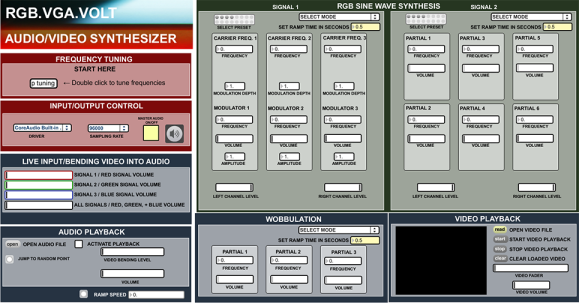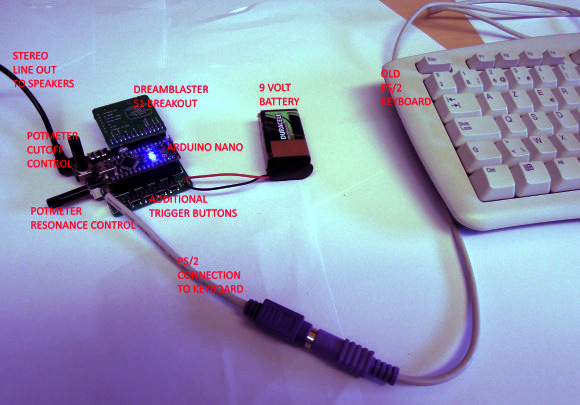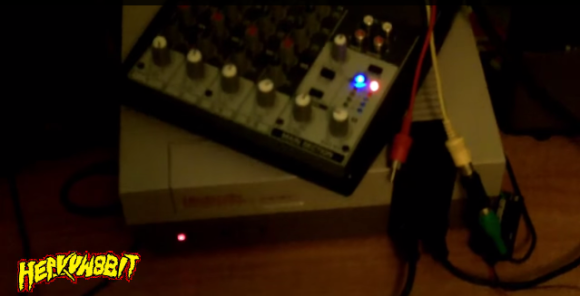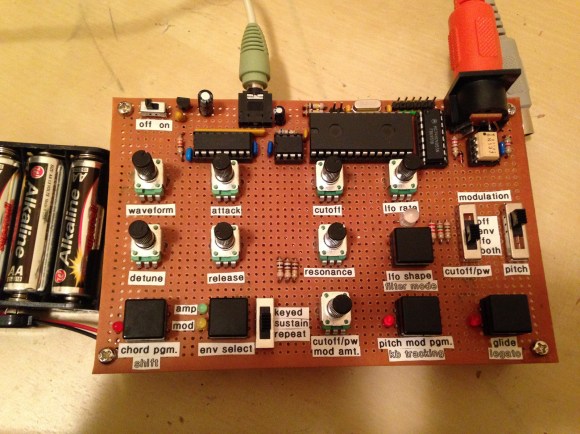[Andrew] was a pretty cool guy in the early 90s with an awesome keyboard synth that did wavetable synthesis, sampling, a sequencer, and an effects processor. This was a strange era for storage; a reasonable amount of Flash memory was unheard of, and floppy disks ruled the land. [Andrew]’s synth, though, had the option to connect SCSI drives. Like all optional add ons for high-end equipment, the current price for the Ensoniq SCSI card is astronomical and [Andrew] figured he could build one of these cards himself.
Poking around eBay, [Andrew] found the card in question – just a few passives, some connectors, a voltage regulator, and an odd chip from AMD. This chip was a 33C93A, a SCSI controller, and a trip down the Chinese vendor rabbit hole netted him one for $7. Can’t do better than that.
With the datasheet for the chip in hand and a few reasonable assumptions on how the circuit worked, [Andrew] tried to figure draw the schematic. After doing that, he found another hobbyist that had attempted the same project a few years earlier. All the nets were identical, and all that was left to do was sending a board off to the fab.
A quick trip to Front Panel Express got [Andrew] a mounting bracket for the card, and after plugging it in to the synth revealed a new option – SCSI. It worked, and with an ancient SCSI CD-ROM drive, he had boatloads of offline storage for his synth. Great work, and something we’d love to see more of.

















